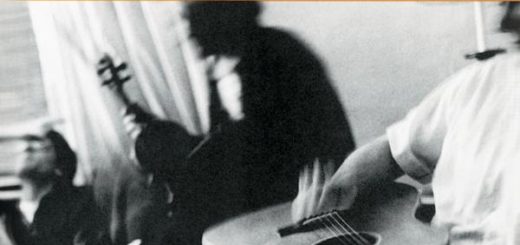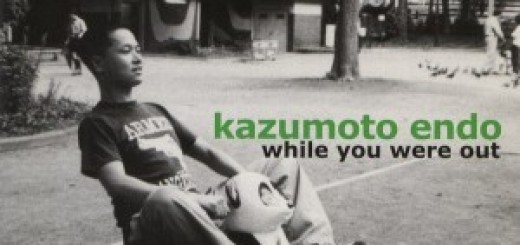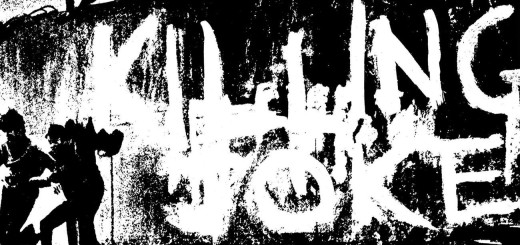Crossfader’s Musique Concrète Primer
Musique Concrète arose out of a need to address the new forms of music recording and listenership in the modern age. Seeing as sound recording was possible, was there still a need for composers to rely on traditional notation? As the standard methods of composition had become outdated in some regards, new forms of documenting music (through phonographs and later tape recorders) were ripe to be explored for their sonic potential. With these ideas in mind, the radio broadcast engineer Pierre Schaeffer spearheaded musique concrète and began exploring new territories in sound recording and manipulation. Pieces such as Walter Ruttman’s WEEKEND (1930) and Halim El-Dabh’s THE EXPRESSION OF ZAAR (1944) anticipate Schaeffer’s theories, but it’s not until the early 50s that Schaeffer’s cultivated school of musicians had branched out into a whole movement. Since Schaeffer’s ideas first emerged, musique concrète has remained a consistent influence on contemporary electroacoustic music, as well as mainstream genres such as electronic music and hip hop. It’s due to the innovations of the musicians listed here and many other pioneers that we have the artists and production techniques that we take for granted in 21st century music culture.
Editor’s Note: We typically try to record years in our music primers, but due to the fact that many of these releases are archival compilations, we’re foregoing that particular predilection this time around.
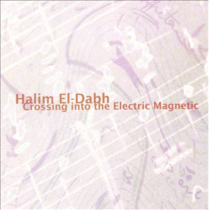
Halim El-Dabh – CROSSING INTO THE ELECTRIC MAGNETIC
Favorite Tracks: “Wire Recorder Piece,” “Pirouette,” “Leiyla Visitations”
Even though Pierre Schaeffer is considered the originator of musique concrète, Halim El-Dabh experimented with sound recordings in similar ways several years prior to Schaeffer’s own work. El-Dabh would go on to have a prolific musical career across the world but he anticipated Schaeffer’s ideas and the advent of musique concrète while he was still a student in Cairo. Using a wire recorder from the Middle East Radio office, El-Dabh took recording of various outside sounds, including a nearby zaar ceremony. He then used the radio office’s equipment to manipulate the recordings with reverb and echo effects, eventually deconstructing the sounds until they were completely removed from their sources. The piece he constructed out of these recordings,THE EXPRESSION OF ZAAR, premiered in 1944 and anticipates the radiophonic techniques involved in musique concrète. We can hear an excerpt of this piece as the track “Wire Recorder Piece” on El-Dabh’s album CROSSING INTO THE ELECTRIC MAGNETIC, which also features his superb composition “Leiyla Visitations,” an interpretation of the poem Layla and Majnun through electronic tape and vocal manipulations.
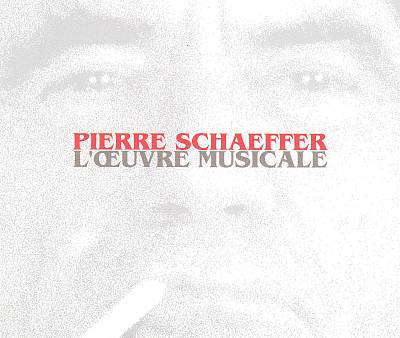
Pierre Schaeffer – L’OEUVRE MUSICALE
Favorite Tracks: “Cinq études de bruits,” “Masquerage,” “Etude aux allures”
Schaeffer is the central figure of musique concrète, founding numerous hubs for electroacoustic music research including the Studio d’Essai in 1942, the Groupe de Recherche de Musique Concrète (GRMC) in 1951, and the Groupe de Recherche Musicales (GRM) in 1958. However, this road to musical exploration began in 1936 when Schaeffer lived in Paris and worked at the Radiodiffusion Française in radio broadcasting. Finding limitless inspiration through the ways he could manipulate sound through the radio station’s equipment, Schaeffer began exploring different techniques of sonic manipulation. At the same time he began publishing written work for French music journals and in 1948, he coined the name “musique concrète” as the usage of concrete sounds rather than abstract sounds produced by instruments. Working with phonographs and tape recorders, Schaeffer inspired a new musical language constructed out of the alternations to everyday life sounds made possible through radio technology. His piece “Cinq études de bruits” debuted in 1948 and is widely heralded as the first major musical work of musique concrète. Schaeffer uses recordings of trains, toy tops, pots, pans, pianos, and other sound sources to reconfigure our common perception of sound from the ground up. By speeding up, slowing down, playing backward, or looping sections of sound, Schaeffer brings our attention to the medium of recording technology itself and how it can be used not simply as a process of replication, but transformation as well.
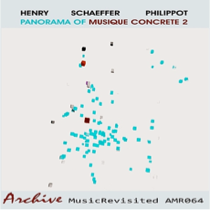
Pierre Henry – PANORAMA OF MUSIQUE CONCRETE, NO. 2
Favorite Tracks: “Symphonie Pour un Homme Seul,” “Antiphony,” “Tam Tam IV”
Pierre Henry began studying music when he was 10 years old at the Paris Conservatoire. A main proponent of musique concrète, Henry went on to work at the Club d’Essai studio with Schaeffer throughout the 1950s. Together they worked on numerous pieces including “Symphonie Pour un Homme Seul” (1950), which uses sounds of the human body as a source for inspiration. Another of their most famous works is “Orphée” (1953), an operatic work based on Gluck’s ORPHEUS AND EURYDICE, which they composed for live harpsichord, a female voice, and manipulated magnetic tape. Throughout his career, Henry worked with an eclectic range of musicians from composer Olivier Messiaen to the psychedelic rock band Spooky Tooth, yet he’s remained persistent in his investigation of the plasticity of music recording and how these mediums can be exploited for new sounds. In addition to “Symphonie,” several of Henry’s other pieces, including “Tam Tam” (1950), “Antiphonies” (1951), and “Vocalises” (1952), can be heard on DEUXIÈME PANORAMA DE MUSIQUE CONCRÈTE [PANORAMA OF MUSIQUE CONCRETE, NO. 2].
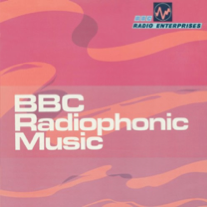
Delia Derbyshire – BBC RADIOPHONIC MUSIC
Favorite Tracks: “The Delian Mode,” “Blue Veils and Golden Sands”
Delia Derbyshire studied mathematics and music at Girton College, Cambridge before working at the BBC Radiophonic Workshop. Around this time in the early 1960s, she assisted Luciano Berio in a summer class where they experimented with equipment she had borrowed from the BBC lab. In 1963, she constructed perhaps one of the most popular musique concrète musical pieces, the theme to the British television show Doctor Who. By recording music samples in the BBC lab on tapes and then cutting the tapes together into abstracted sounds, Derbyshire managed to navigate the commercial pressures of the BBC while still exploring experimental music practices. The piece “Blue Veils and Golden Sands” was constructed out of manipulated recordings of her voice and a lampshade. The opening of another of her pieces, “The Delian Mode,” makes a nod toward Iannis Xenakis’ ORIENT OCCIDENT. Many later developments and trends in electronic music production can be traced back to Derbyshire’s innovations in musique concrète and tape music. Several of her works, including the ones mentioned above, can be found on the compilation album, BBC RADIOPHONIC MUSIC.
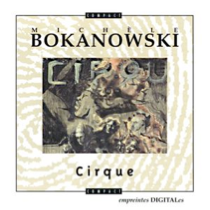
Michèle Bokanowski – Cirque
Favorite Tracks: “Allegro,” “Finale (Parade)”
Michèle Bokanowski read Pierre Schaeffer’s essay “À la recherche d’une musique concrète” [IN SEARCH OF A CONCRETE MUSIC] when she was 22 and set herself on a track to further explore electroacoustic music. Schooled in Schönbergian Principles by Michel Puig, she traveled to the Service de la recherche de l’ORTF (ORTF) where she studied under Pierre Schaeffer. Her numerous compositions include works for theatre, film, concert, dance, and television. In an interview, Bokanowski described the appeal of musique concrète as thus: “To write music implies that my thoughts are at the origin of the compositions, that the final thing is a sound rendering of the search. The sound is at the end of the line, in other words. Concrete music is the exact reverse of this process. You start from sounds, sounds that will perhaps lead you to a structure. Here it’s the material that induces the thought. The possibilities of finding/inventing new sounds and, therefore, new forms are tremendous, infinite.”
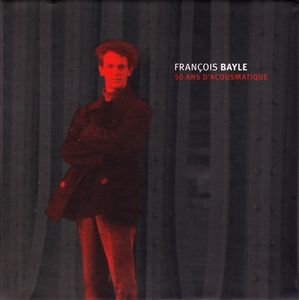
François Bayle – 50 ANS D’ACOUSMATIQUE
Favorite Tracks: “Espaces inhabitables,” “Les Couleurs de la nuit”
François Bayle joined the Office de Radiodiffusion Télévision Française in 1960 and later became the leader of the GRM from 1966 to 1997. At the GRM, Bayle pushed Schaeffer’s theories further beyond the study of the sounds of material objects and investigated how motion and energy crafted these sounds. While examining this additional texture of electroacoustic sound, Bayle also further developed Schaeffer’s ideas on acousmatic music, namely music composed for speakers rather than live performance. The idea behind acousmatic sound dates back to Pythagoras in his attempts to teach behind a screen so his students would focus on his lecture rather than on his physical presence. Bayle brought this idea into music by emphasizing how a live performance limits the listener by attuning them to the action of performing, whereas the speaker only highlights the sound. His piece “Espaces inhabitables” develops an otherworldly surreal landscape of sound through gradual suggestion. Rather than enveloping the listener within the world, Bayle finds spaces of pause and absence which allow the listener the pleasure of imagining the corners of the world alongside him. Another piece, “Les Couleurs de la nuit” (1982, written for tapes and computers), opens with croaks and crickets over droning vibrations before developing a menagerie of fractured sounds, both instrumental and natural. 50 ANS D’ACOUSMATIQUE, a massive 15-CD collection of Bayle’s works put out by the INA-GRM, contains both “Espaces inhabitables” (1967) and the 1982 version of “Les Couleurs de la nuit” (which was later revised in 2012).
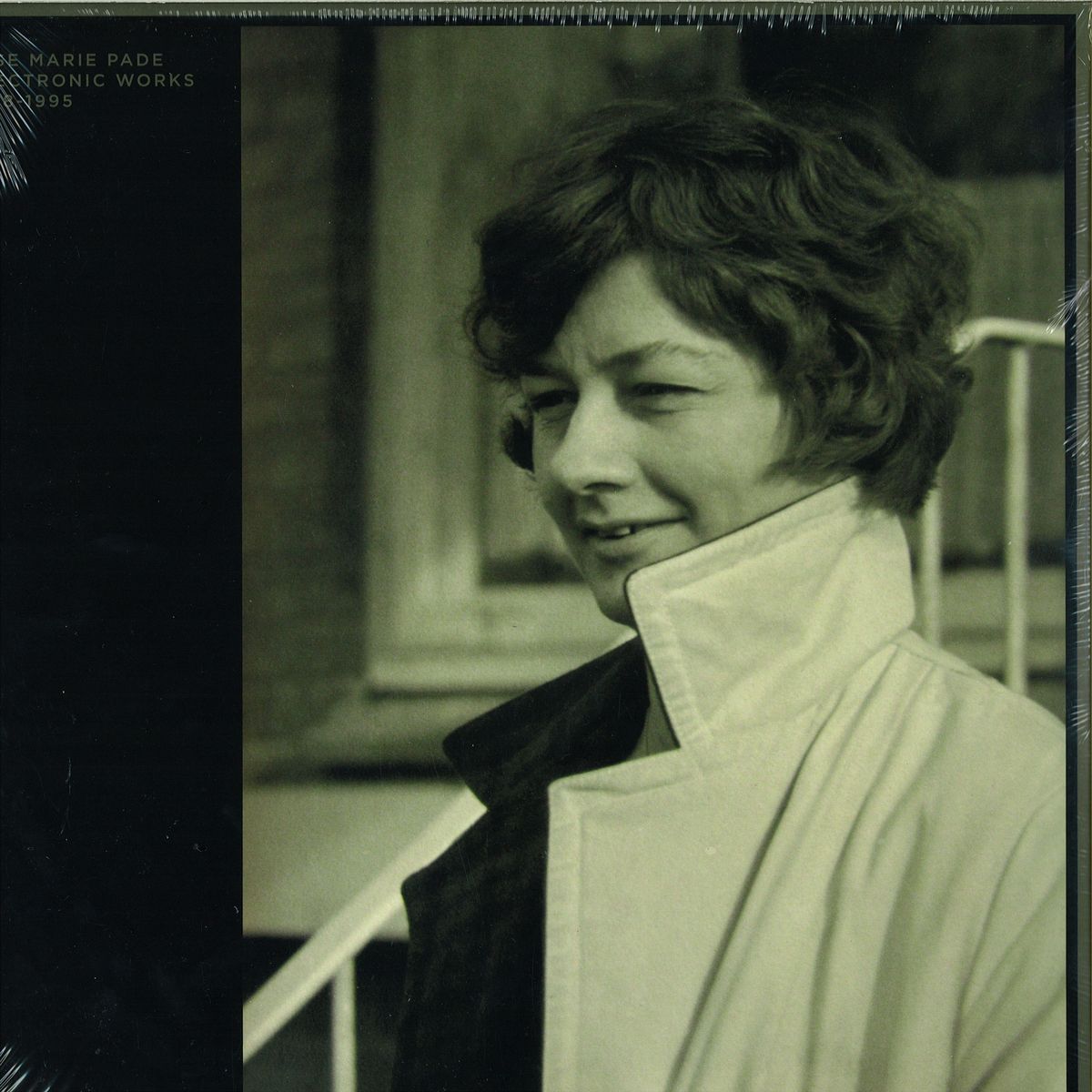
Else Marie Pade – ELECTRONIC WORKS 1958-1995
Favorite Tracks: “Faust Suite,” “Syv Cirkler”
Praised as the first electronic musician in Denmark, Else Marie Pade unfortunately passed away this year, however her music work stands as a testament to her strength and virtuosity. In her 20s, she joined an all-women’s revolutionary group and fought in the Danish Resistance Movement. While imprisoned at the Frøslev internment camp, she composed music and eventually went on to work with notable composers including Schaeffer, Stockhausen, and Boulez. Her piece “Syv Cirkler” [Seven Circles], became one of the first pieces of electronic music on Danish radio, premiering in 1959. Pade married the ideas of Schaeffer’s musique concrète and Stockhausen’s elektronische musik and produced some of the most groundbreaking early electronic works which continue to influence electronic musicians such as Jacob Kirkegaard to this day.
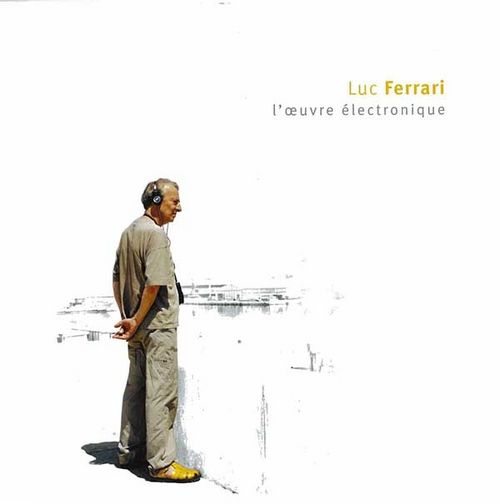
Luc Ferrari – L’OEUVRE ELECTRONIQUE
Favorite Tracks: “ Presque rien n°1 ou Le lever du jour au bord de la mer,” “Hétérozygote
Luc Ferrari began studying music at an early age, but it wasn’t until he heard Edgard Varèse’s piece “Déserts” that he became intrigued by the possibilities of recorded sounds through magnetic tape. He went on to help found the Groupe de Recherches Musicales with Pierre Schaeffer in 1958 and continued his own research in the study of sound recording. In “Presque rien n°1” (1970), Ferrari reinvents the central tenants of musique concrète through applying subtle manipulations to field recordings of a beach in Yugoslavia. The sources of the sound are easily identifiable yet the organization and structure of them betrays their intricate composition. What could at first be mistaken for a straightforward field recording slowly reveals itself as a carefully curated collage of sonic memories. Condensing a day’s worth of sounds into a 21-minute piece, Ferrari juxtaposes the artifice of recorded sounds with the impressions of sounds that we selectively remember. A physical recording reminds us of our own mental recordings; the sounds we hear through the day strung together as we try to recall them.
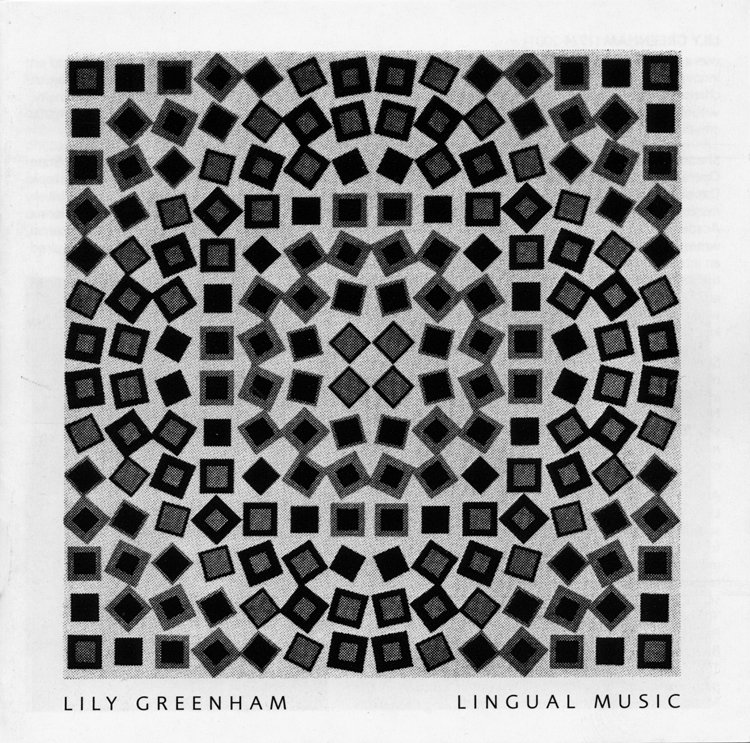
Lily Greenham – LINGUAL MUSIC
Favorite Tracks: “7 Consonants in Space,” “Circulation,” “Experience”
Working in the realm of “concrete poetry,” Greenham utilizes language and her voice as the sample sources for her electronic manipulations. She splits, stretches, and splices words beyond signification into nuanced sonic patterns. Through adjusting the filter, pitches, and timbres of her words, the line between intelligible language and pure sound is often blurred. Stringing words in repetition in a manner that resembles dadaist poetry, Greenham’s pieces explore the overlap between text, performance, and abstraction. Pieces such as “Experience” compel listeners to make sense of each verbal sound before layering voice upon voice until they are overcome by pure vocal noise. Greenham’s music turns the voice into a Brechtian weapon against identification; the sign system of language is reduced to its pure source before our very ears. The highly recommended album LINGUAL MUSIC encompasses her recorded works from 1968-1984 and showcases one of the more unique interpretations of Schaeffer’s ideas behind musique concrète.
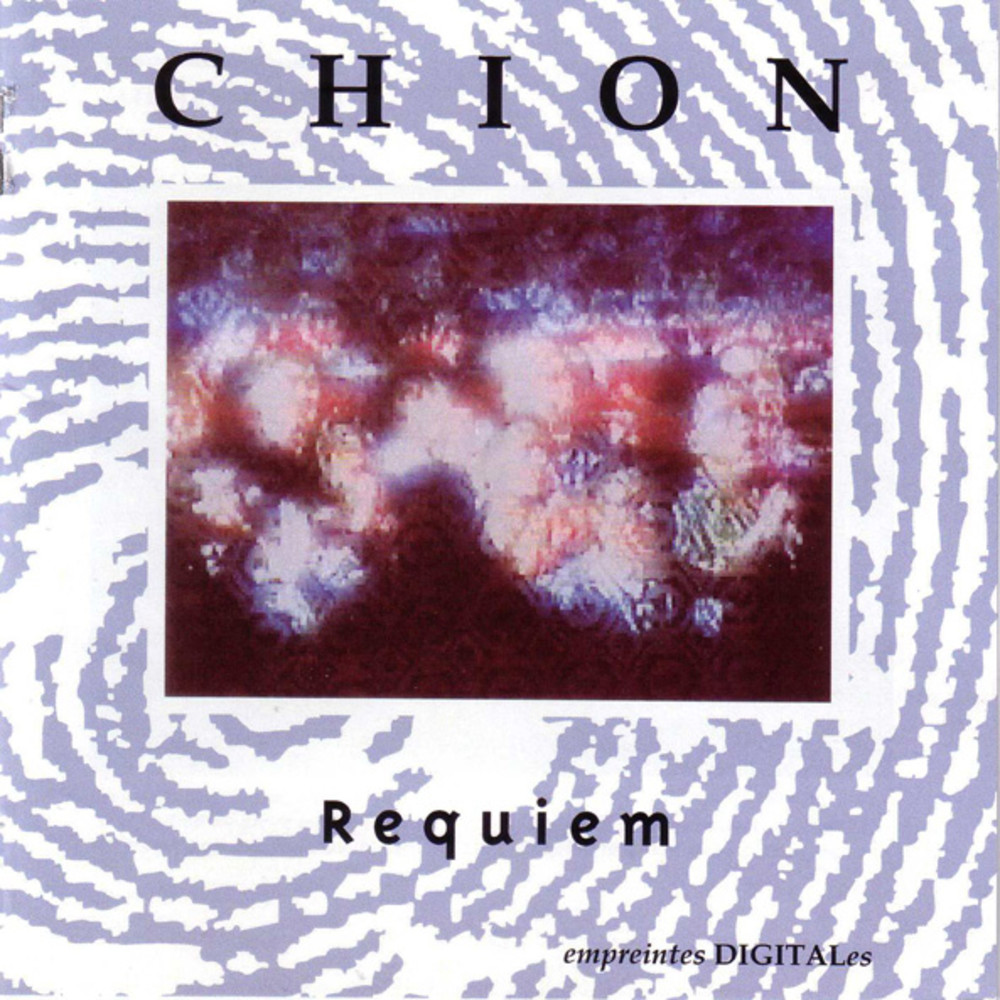
Michel Chion – REQUIEM
Favorite Tracks: “Requiem Aeternam,” “Evangile”
Beginning in the 1970s, Michel Chion served as an assistant to Pierre Schaeffer and became a member of the GRM and INA-GRM at the forefront of musique concrète. His piece “Requiem” (1973) is a head-on collision between old and new forms of music. A funeral mass serves as the framework from where Chion juxtaposes sound and text with such fury that almost all sense of familiarity is lost. Through his unorthodox reinterpretation of the mass, Chion asks the listener how old forms of music can reinvent themselves in the contemporary landscape. In a certain light, the piece can be read as a meditation on the loss of faith in the 20th century, but it also points toward an evolution of faith, the introduction of spirituality to new forms through the aberration of sound. Chion is also well known for his theoretical work on the audio-visual relationships and his book L´Audio-Vision. Son et image au cinéma is highly recommended.

